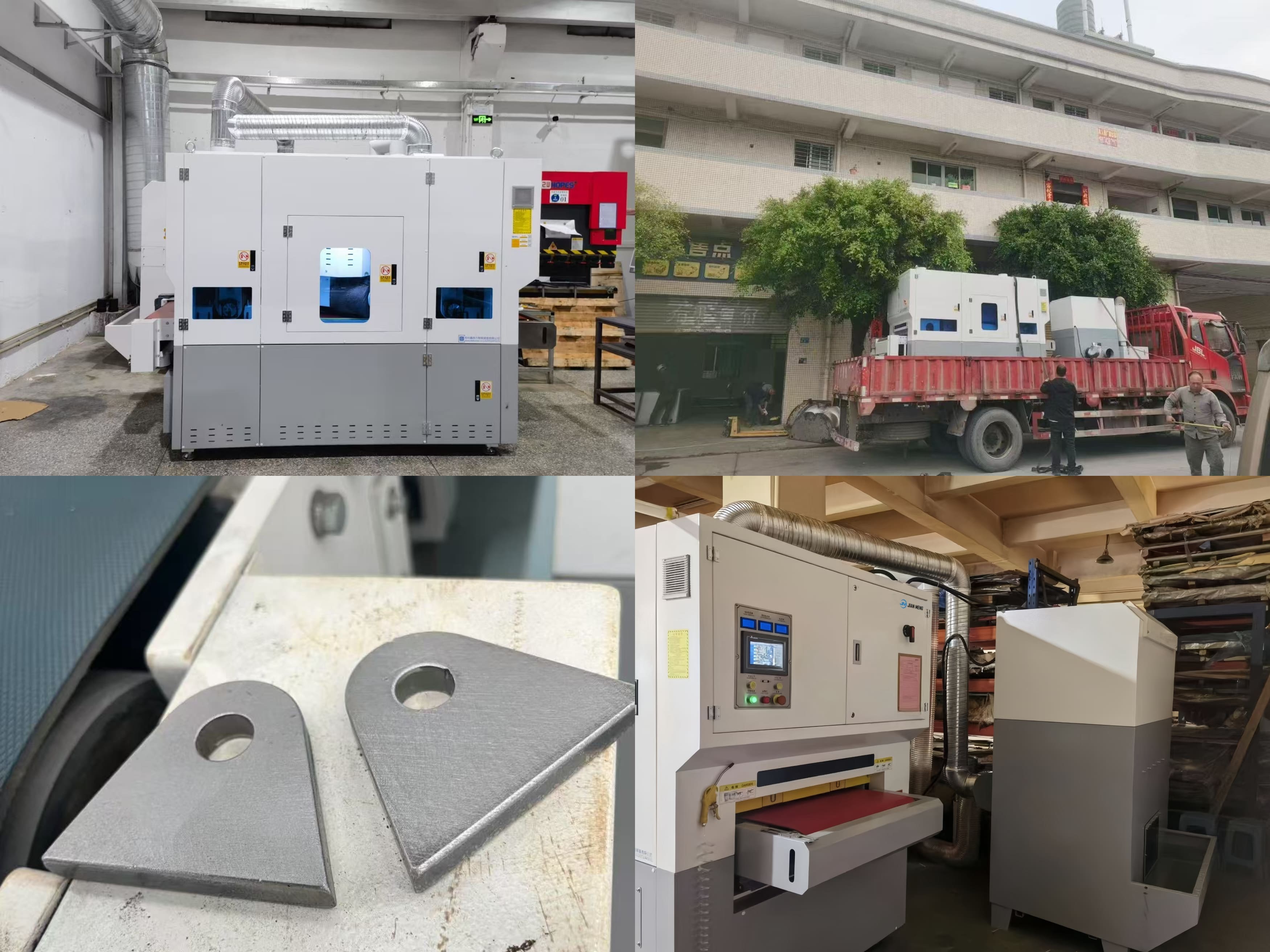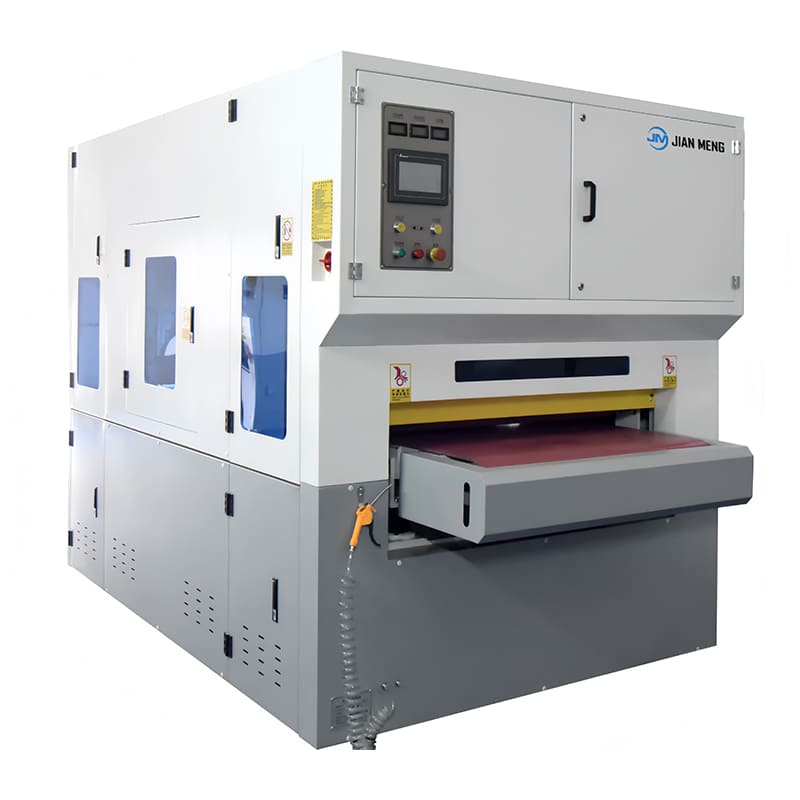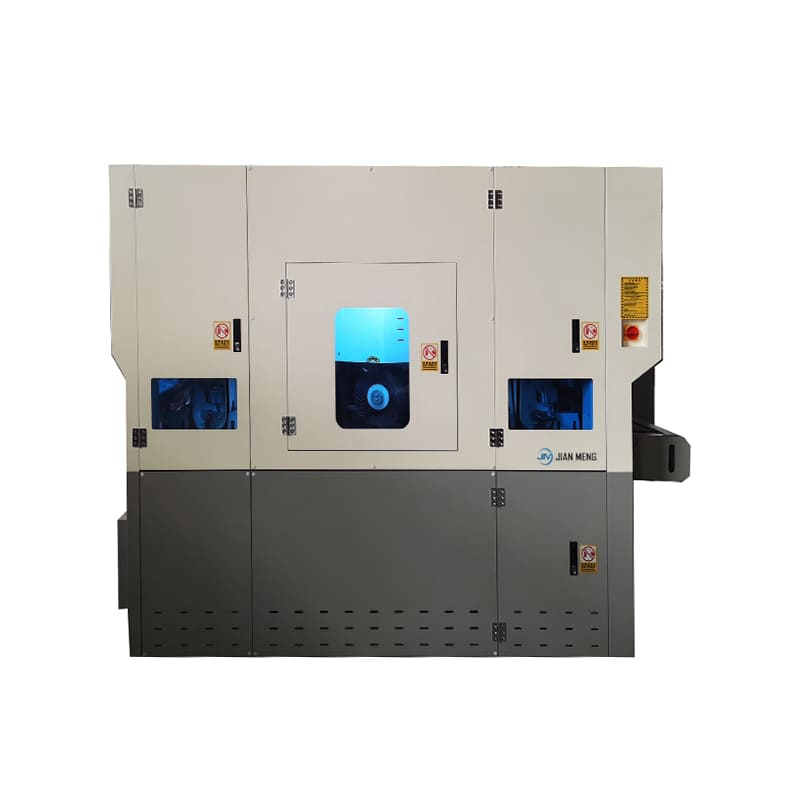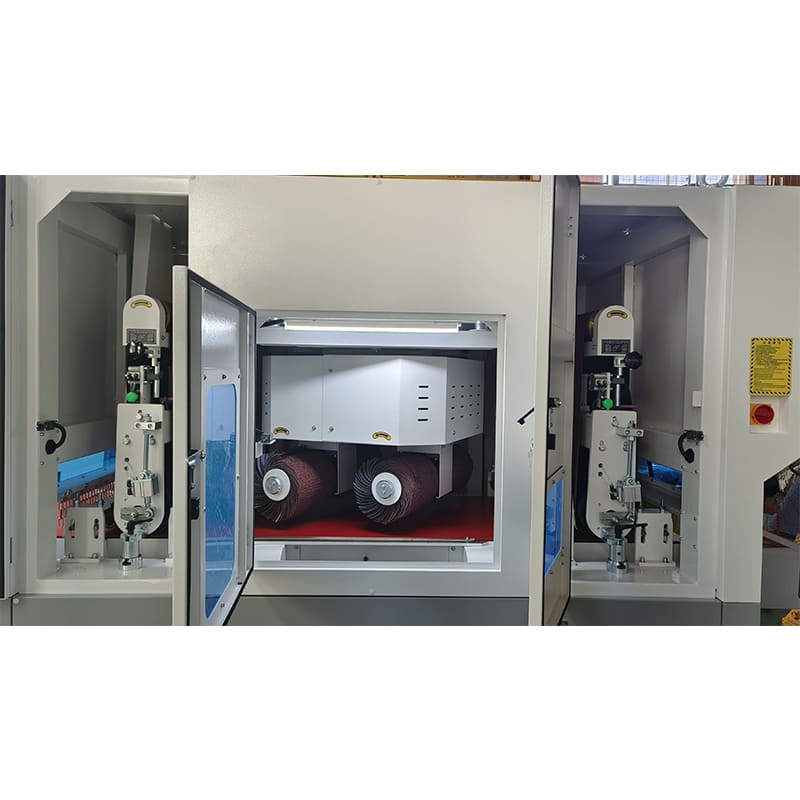- English
- Español
- Português
- русский
- Français
- 日本語
- Deutsch
- tiếng Việt
- Italiano
- Nederlands
- ภาษาไทย
- Polski
- 한국어
- Svenska
- magyar
- Malay
- বাংলা ভাষার
- Dansk
- Suomi
- हिन्दी
- Pilipino
- Türkçe
- Gaeilge
- العربية
- Indonesia
- Norsk
- تمل
- český
- ελληνικά
- український
- Javanese
- فارسی
- தமிழ்
- తెలుగు
- नेपाली
- Burmese
- български
- ລາວ
- Latine
- Қазақша
- Euskal
- Azərbaycan
- Slovenský jazyk
- Македонски
- Lietuvos
- Eesti Keel
- Română
- Slovenski
- मराठी
- Srpski језик
- Horizontal V Grooving Machine
- Vertical V Grooving Machine
- Automatic Four Side V Grooving Machine
- V Grooving Machine Accessory
- Metal Forming Machine
- Deburring Machine
- Thin Sheet Deburring Machine
- Abrasive Belt Deburring Machine
- Carbon Steel Deburring Machine
- Deburring and Brushing Machine
- Manual Deburring Machine
- Wet Dust Collector
- Deburring Polishing & Brushing Machine
- Deburring & Chamfering Machine
- Wet Deburring & Brushing Machine
- Deburring, Edge rounding & Polishing Machine
- Carbon Steel Deburring & Brushing & Edge rounding Machine
- Dry Deburring, Brushing, and Polishing Machine
- Deburring and Brushing Machine with Slag Hammer Disc
- Shearing Machine
- Press Brake
Deburring and wire drawing machine
JM is a leading manufacturer specializing in deburring and wire drawing machine. A deburring machine is a piece of equipment used in the metal processing and manufacturing industry, primarily designed to remove burrs, sharp edges, and oxide layers from workpieces, thereby improving product quality and safety. The XDP-800RPR Deburring & Brushing Machine is a highly integrated and intelligent metal surface treatment system, specifically designed for efficient deburring, chamfering, and brushing processes. Independently developed by Jianmeng, the deburring machine ensures stability and processing precision under complex working conditions through dynamic simulation and process optimization. JIANMENG offers various solutions to enhance the efficiency of metal fabrication!
Model:XDP-800RPR
Send Inquiry
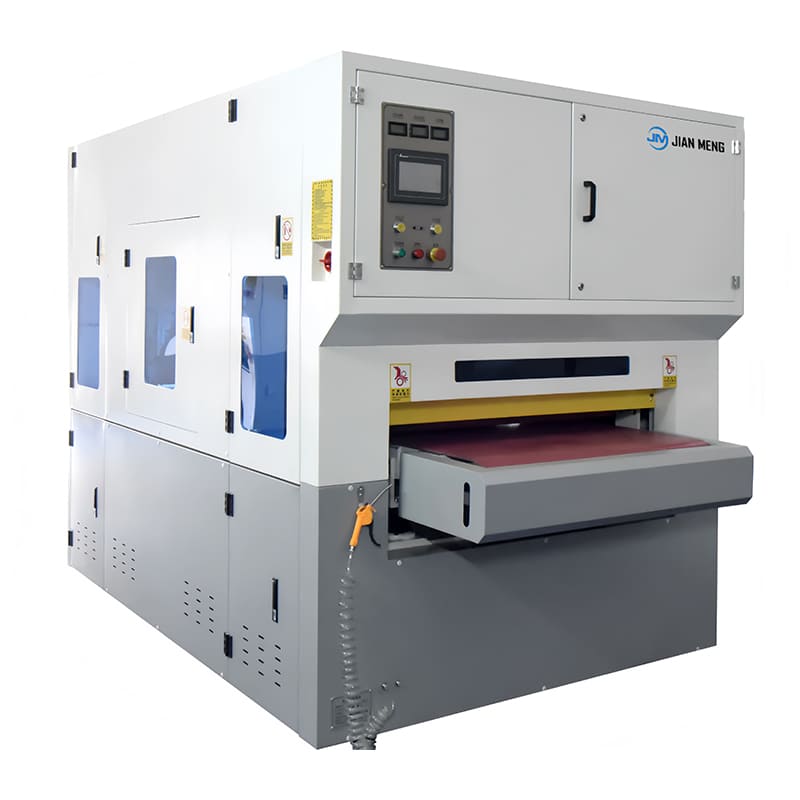
Deburring Machines
Perfect Deburring: The XDP-800RPR deburring and wire drawing machine efficiently processes the edges of metal parts, sheets, and plates, removing rough burrs left from the manufacturing process to ensure a smooth and safe surface quality.
|
Main configuration list |
PCL touch screen(7-inch): Delta |
|
Abrasive belt motor(7.5kw): Huarui |
|
|
Roller brush self-rotation motor(2.2kw): Jinwanshun |
|
|
Vacuum suction fan(15kw): Jiuzhou Puhui |
|
|
AC contacter: Schneider-France |
|
|
Control buttons: Schneider/Chint |
|
|
Abrasive belt correct ion sensor: Banner (USA) |
|
|
Main bearing: NSK(Japan) |

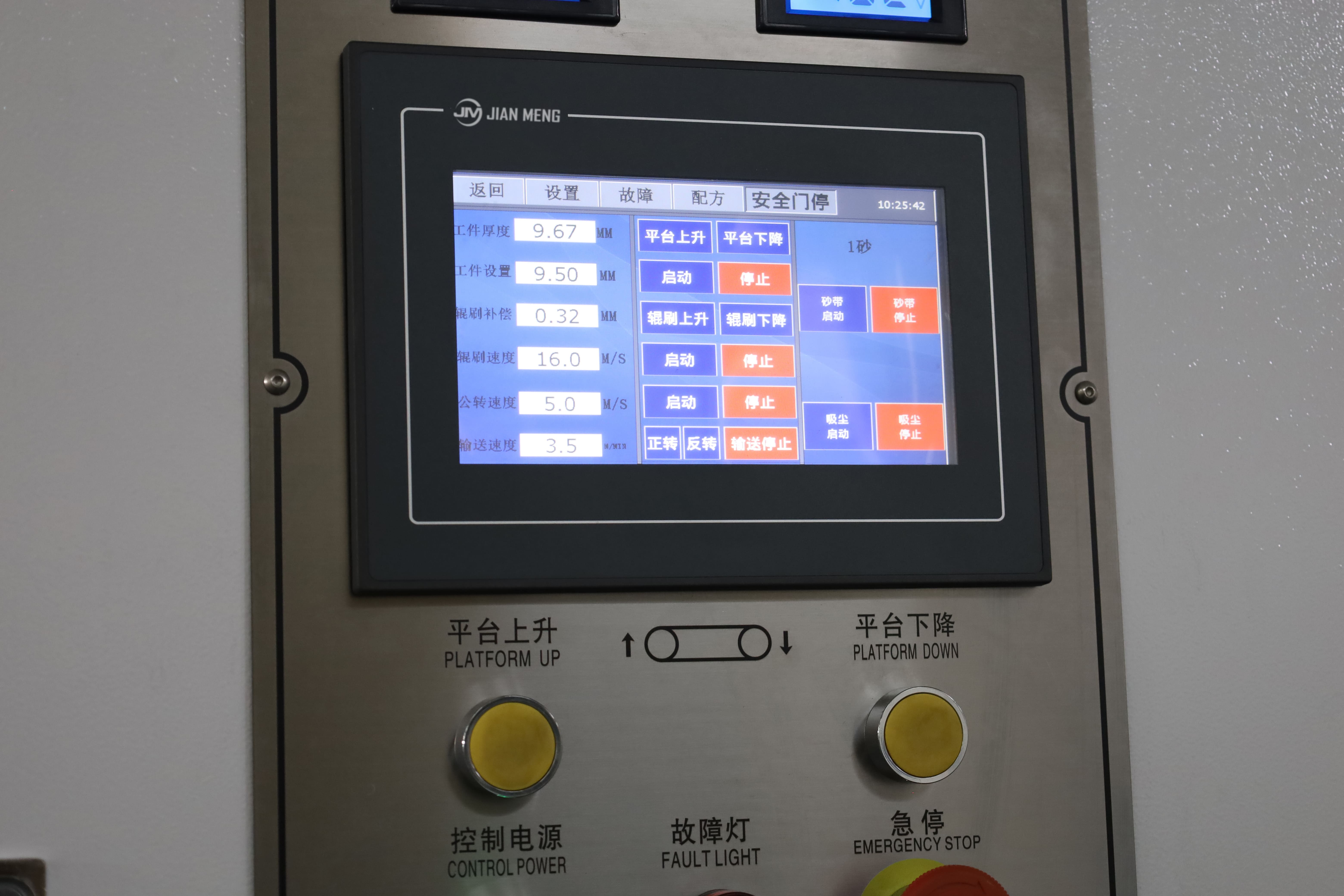
CNC Display Screen
The CNC display screen is one of the core components of the deburring machine, typically used for real-time monitoring and controlling the deburring process. The main functions of the deburring and brushing machine make operations more intuitive and convenient, allowing for quick setting of different working modes and parameters, real-time monitoring of the machine's operating status, and recording and storing data.
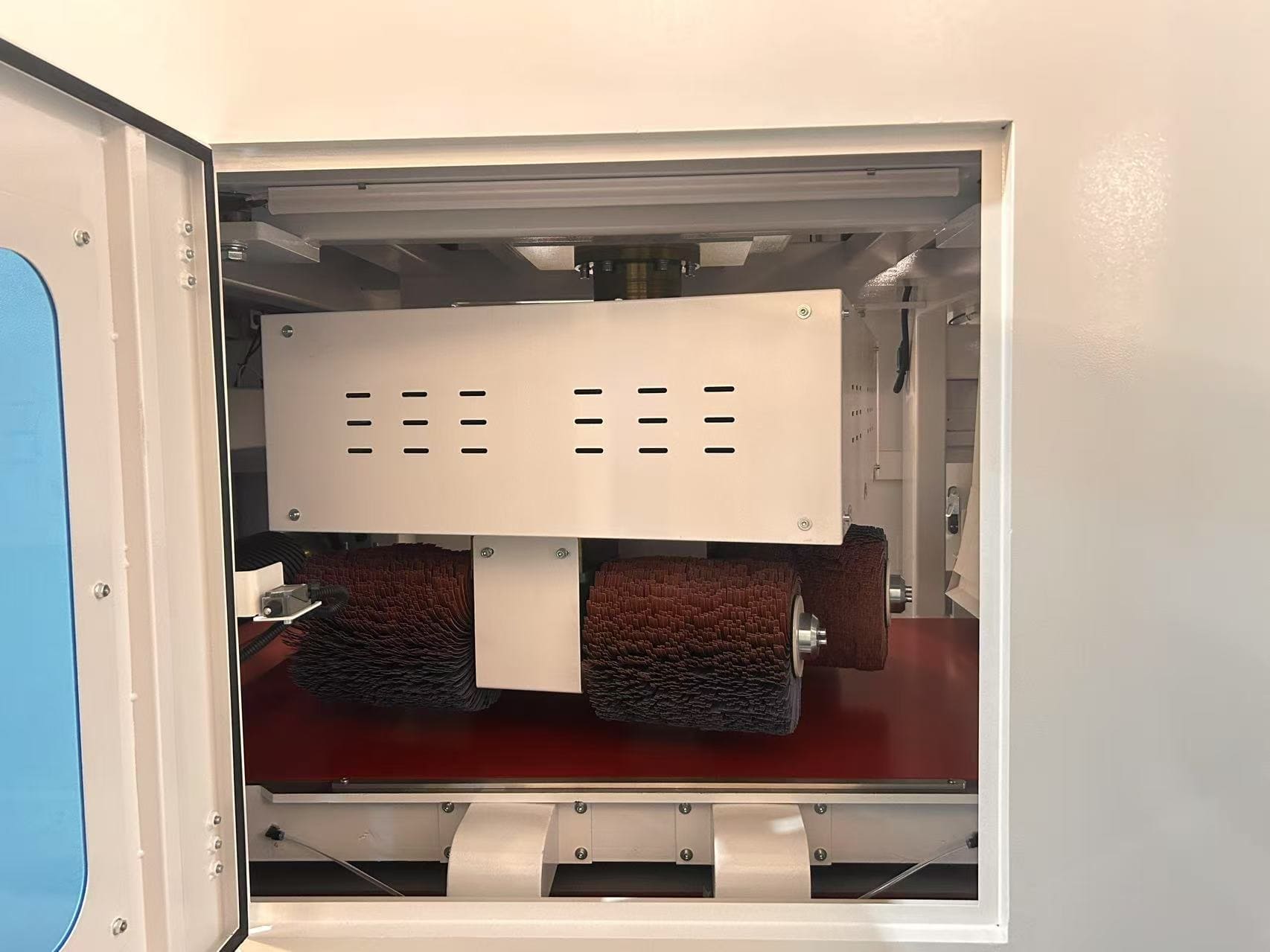
Roller Brushes
The main function of the deburring machine roller brush is to process the surface of metal workpieces through mechanical action, removing burrs, sharp edges, and oxide layers, as well as performing surface grinding and polishing. It improves the surface quality of the workpieces, enhancing flatness and smoothness, and improves the appearance of the workpieces.
Consumables
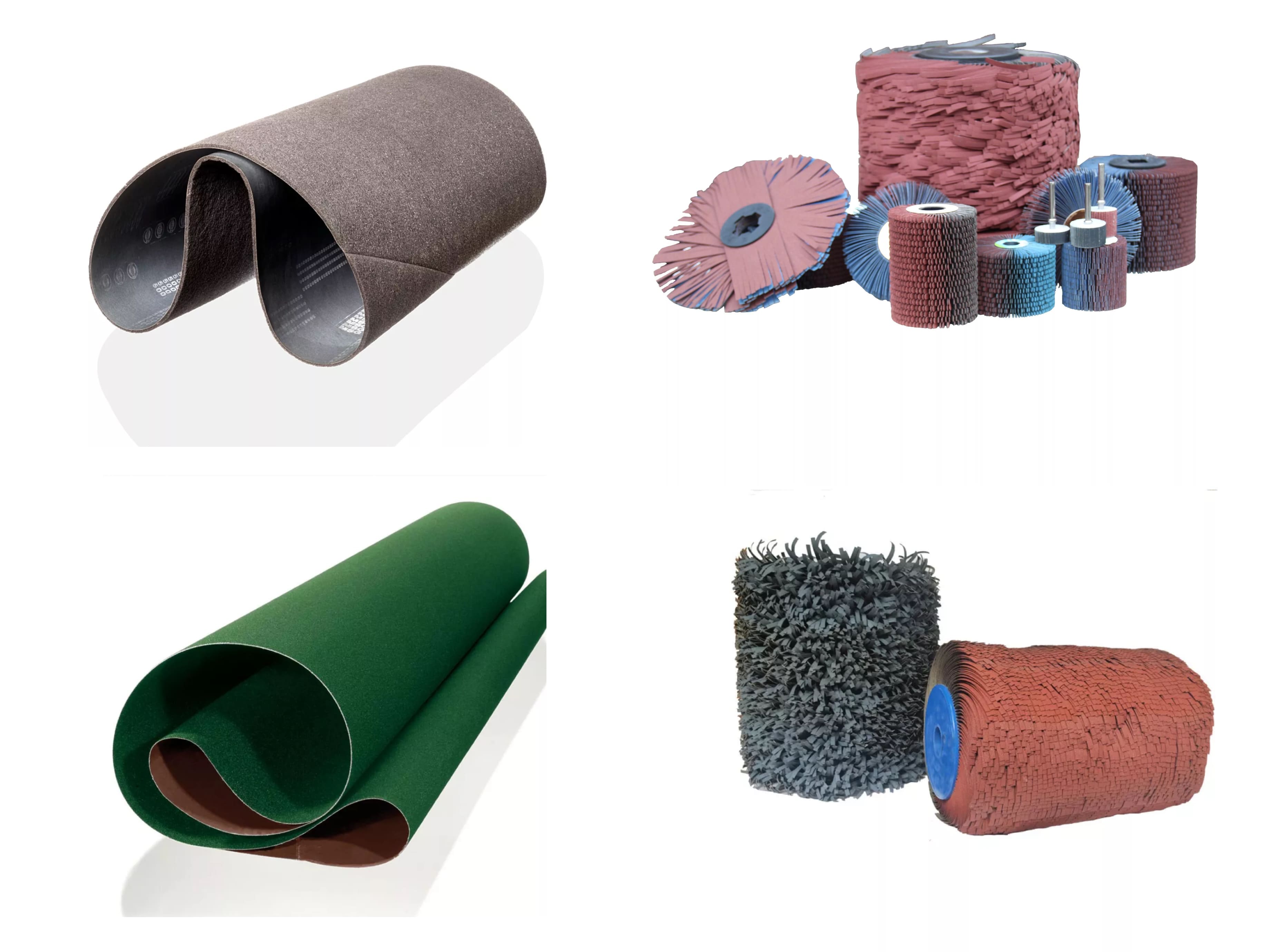
Abrasive Belt
The main function of the Abrasive Belt in a deburring machine is to grind and polish the surface of the workpieces using abrasive materials, removing burrs, sharp edges, and rough areas. The Abrasive Belt is typically filled with abrasive materials, and during the deburring process, it comes into contact with the workpiece surface. Through friction, the Abrasive Belt removes burrs and irregularities, improving the surface quality and smoothness of the workpiece.
Roller brushes
Roller brushes, as consumables for deburring machines, are commonly used in processes such as cleaning, polishing, or surface treatment. Due to wear and tear during operation, they need to be replaced regularly. The lifespan of a roller brush typically depends on the hardness of the material, operating conditions, and frequency of use. As consumables, roller brushes are essential components for maintaining the efficient operation of equipment and processes.
Comparison of Before and After Deburring
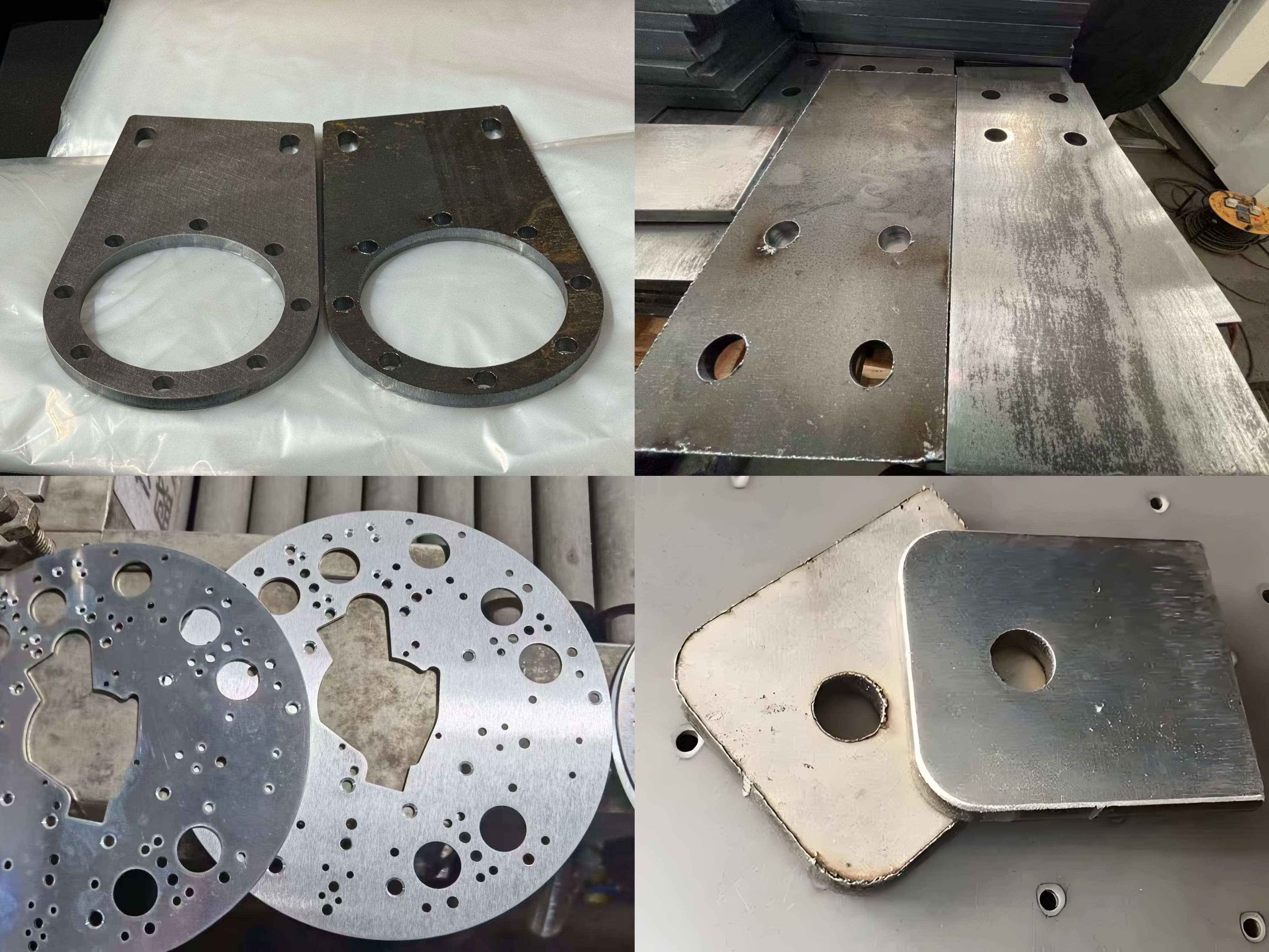
Before deburring:
The workpiece edges are rough with sharp burrs, affecting assembly precision. The surface may have an oxide layer and slight unevenness, which can impact subsequent processing or coating adhesion.
After deburring:
The edges are smooth and burr-free, enhancing product safety. The metal surface becomes more refined and aesthetically pleasing through grinding or brushing. Deburring improves dimensional accuracy, ensuring better assembly quality. Removing the oxide layer facilitates subsequent processes such as welding, painting, and electroplating, improving coating adhesion and durability.
XDP-800RPR Machine Parameter
|
Worktable width |
800mm |
|
Maximum load capacity |
200kg |
|
Processing thickness |
1-90mm |
|
Minimum processing size |
(non-perforated plate) 50*50*0.5mm |
|
Roller brush size |
300*300*40mm |
|
Air pressure |
0.6-08MPa |

Clients’ Deburring Cases
In the production of mechanical parts, processes such as milling, laser cutting, or stamping often result in burrs along the edges of the parts. These burrs not only affect the assembly precision of the parts but can also lead to uneven surfaces, impacting the effectiveness of subsequent coating or electroplating processes, and even pose safety hazards. By using a deburring machine for batch processing, incorporating roller brushes and vibratory deburring systems, along with abrasive belt technology, burrs and surface quality issues in the parts can be effectively addressed.
Through the use of the deburring machine, the surface quality, assembly precision, and safety of the mechanical parts have been significantly improved. At the same time, production efficiency has been increased, and production costs have been reduced.
